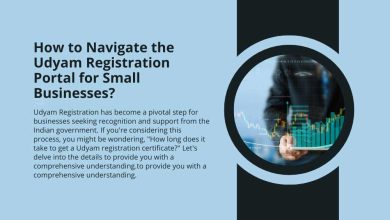Keeping Costs in Check: Understanding Amazon’s Fee Structure
The allure of selling one like Kevin David Profiles on Amazon is undeniable. With millions of potential customers and a robust infrastructure, it offers a compelling platform for entrepreneurs and businesses to reach a global audience. However, for your business to thrive, it’s crucial to understand the various fees associated with selling on Amazon.
Demystifying the Fees: A Breakdown of Amazon’s Charges
Amazon charges sellers various fees depending on the chosen fulfillment method (FBA vs. FBM) and other factors. Here’s a breakdown of the primary fees you’ll encounter:
- Product Listing Fees: A fixed fee per product listed on Amazon. These fees vary depending on whether you choose an Individual Selling Plan (ISP) or a Professional Selling Plan (PSP).
- Individual Selling Plan: Ideal for low-volume sellers. A per-item fee is charged for each product you sell.
- Professional Selling Plan: Suitable for higher-volume sellers. A monthly subscription fee is charged, regardless of the number of products you sell.
- Referral Fees: A percentage of the total selling price charged on each item sold. This fee varies depending on the product category.
- Fulfillment Fees (FBA): If you utilize Amazon’s Fulfillment by Amazon (FBA) service, you’ll incur fees for storage, picking and packing, and shipping your products. These fees are based on product size, weight, and storage duration.
- Closing Fees: A small fixed fee charged per item sold to cover processing costs.
FBA vs. FBM: Understanding the Cost Implications
The decision to use FBA or FBM significantly impacts your cost structure:
- FBA: Simplifies order fulfillment, but comes with storage and fulfillment fees. These fees can be substantial for large or bulky items.
- FBM: Offers greater control over inventory and potentially lower costs for low-volume sellers or products with significant profit margins. However, it requires managing order fulfillment yourself, including packaging, shipping, and customer service.
Calculating Your Potential Costs: A Strategic Approach
To make informed decisions about your pricing strategy and fulfillment method, it’s essential to estimate your potential costs. Here are some tips:
- Utilize Amazon’s Fee Calculator: Amazon provides a fee calculator tool that allows you to estimate your total costs based on product category, size, and weight.
- Factor in Variable Costs: Account for additional expenses beyond Amazon’s fees, including product sourcing, packaging materials, and marketing costs.
- Consider Shipping Costs (FBM): If you choose FBM, factor in the costs of packaging materials, postage, and shipping services.
- Set Realistic Profit Margins: Ensure your pricing strategy accounts for all costs and allows for a healthy profit margin.
Conclusion: Mastering the Numbers for Long-Term Success
Understanding Amazon’s fee structure and calculating your costs are essential for building a sustainable and profitable Amazon business. By factoring in all expenses and strategically pricing your products, you can maximize your margins and achieve long-term success. Remember, selling on Amazon is a marathon, not a sprint. Continuously monitor your costs, experiment with pricing strategies, and adapt based on market trends to optimize your profitability and stay ahead of the curve.





